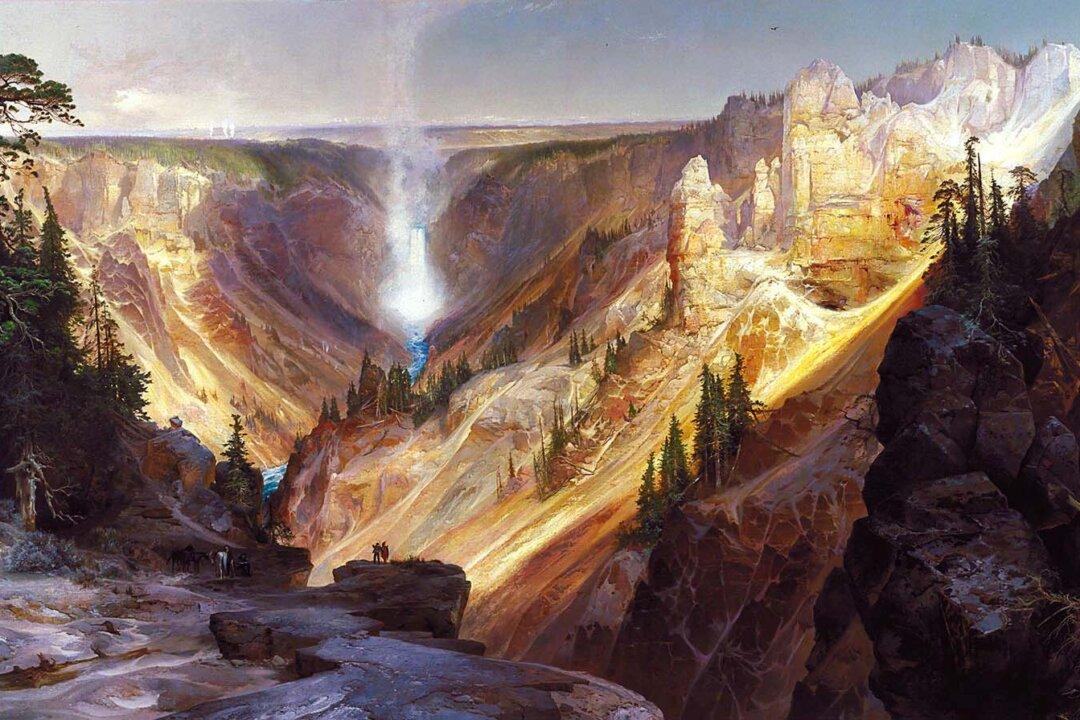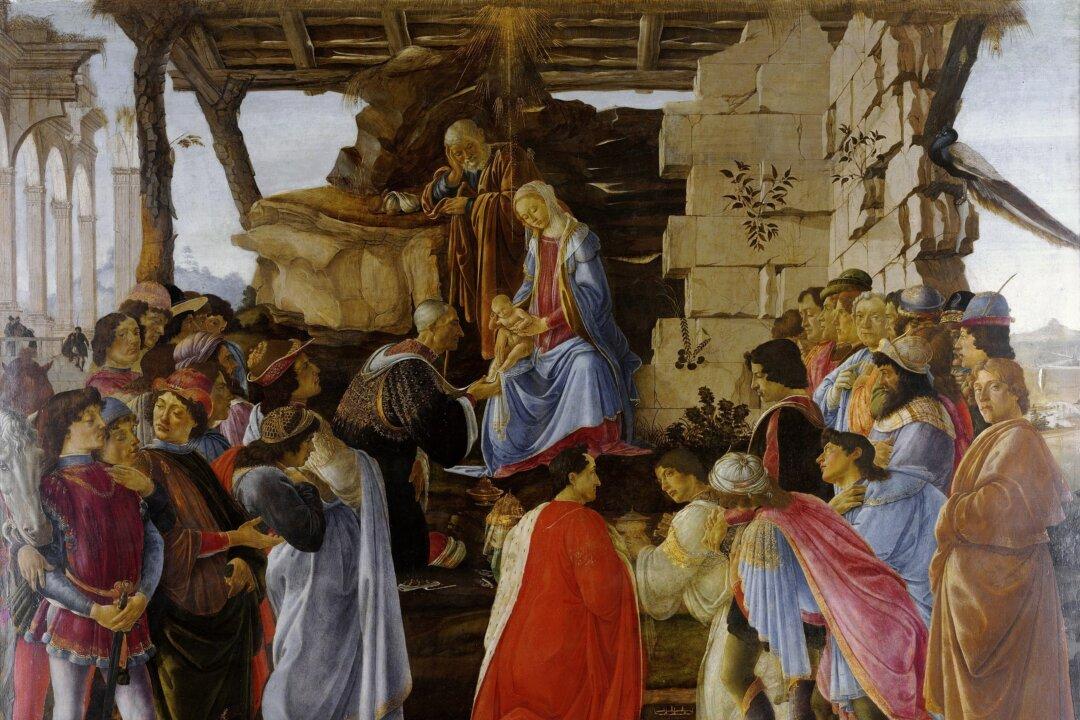There’s a land of fire. It’s a place of cutting rock, boiling mud, sulfuric stench, and otherworldly beauty. You may know it as part of America’s backyard. This astonishing location is called Yellowstone National Park.
This year, Yellowstone is celebrating its 150th anniversary as the first national park in the United States. And while it’s one of the most popular parks in the world, it remains a place of wild majesty. After the park was covered in deep snow for most of the year, this summer’s tourist season was nearly thwarted by massive flooding that took down trees, washed out bridges, and crumbled roads.





